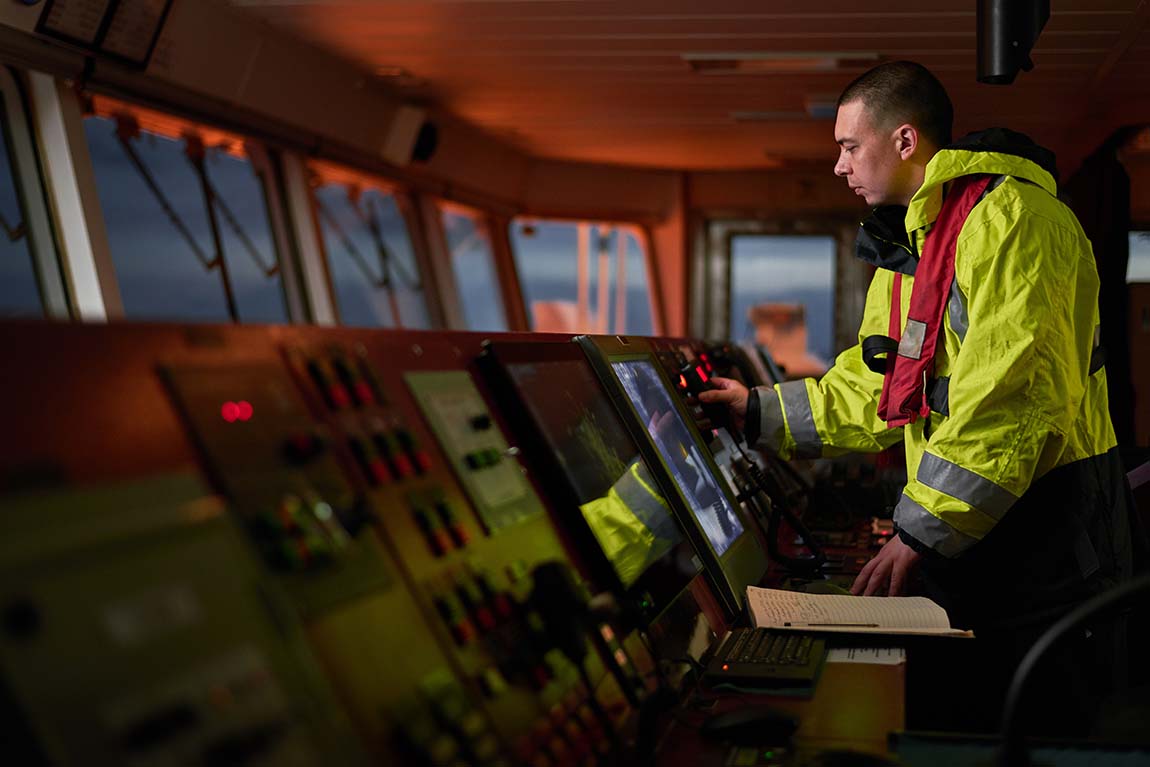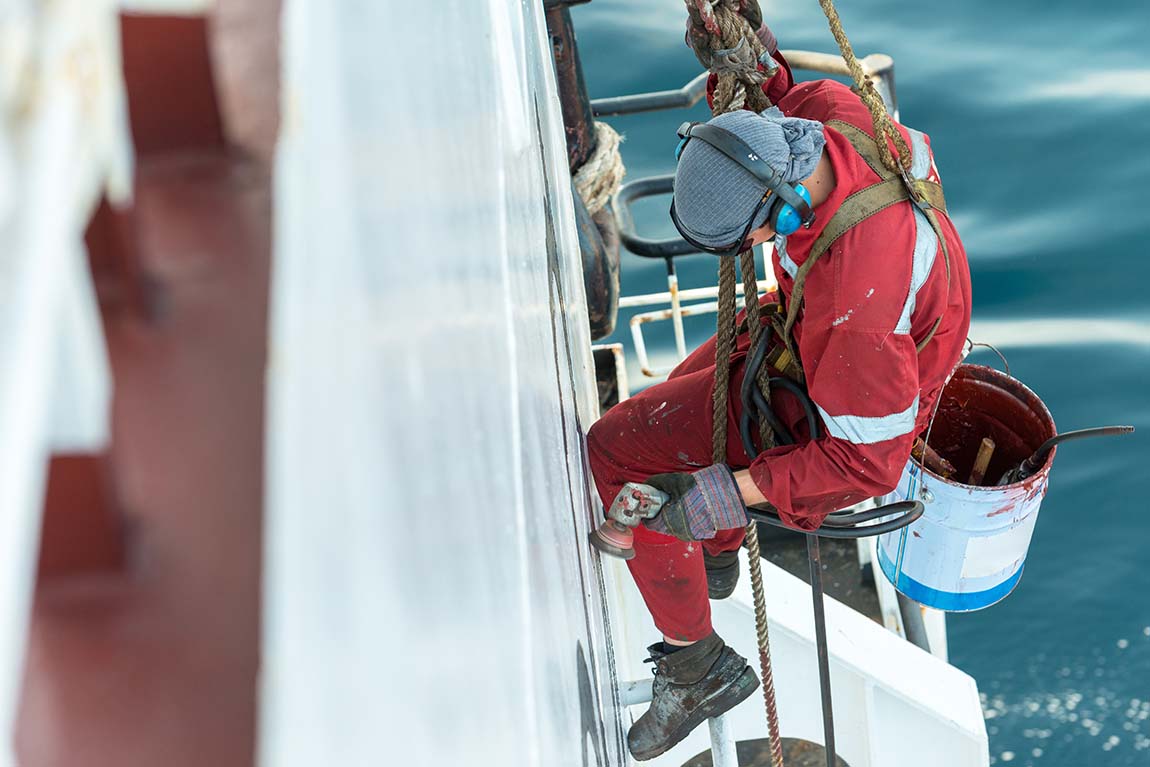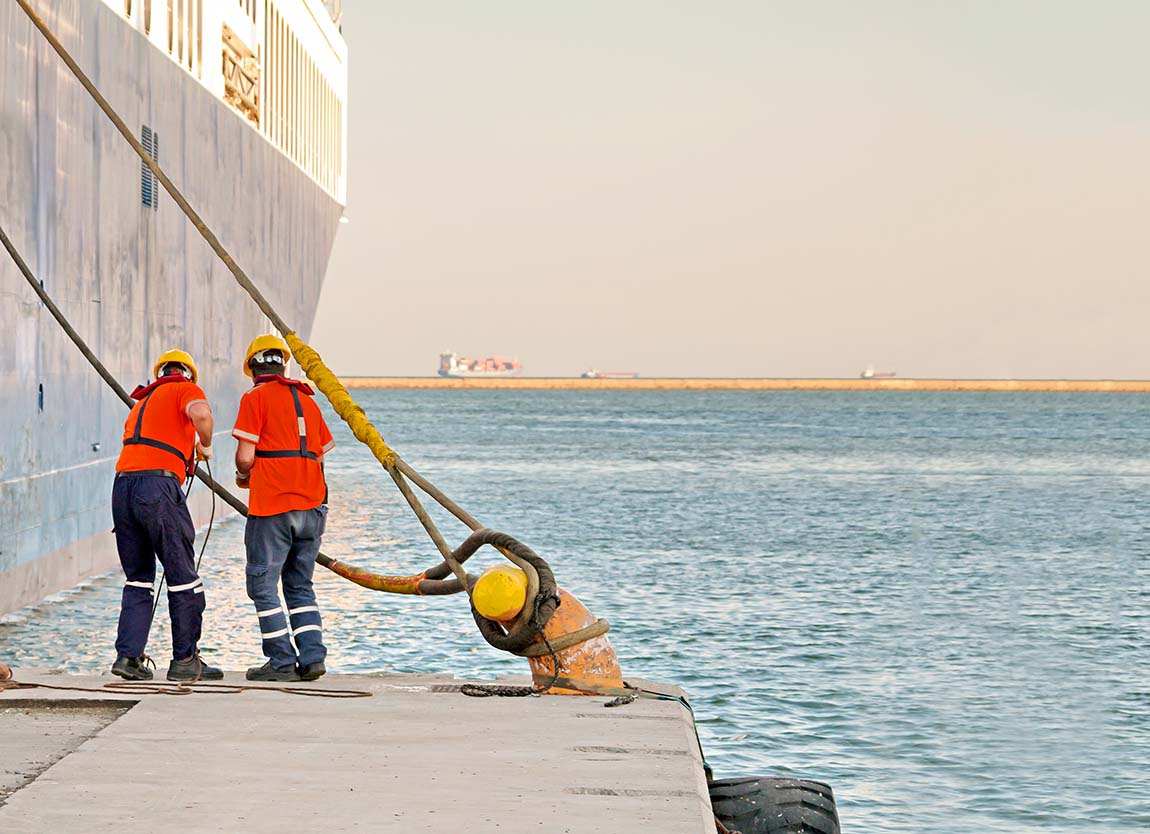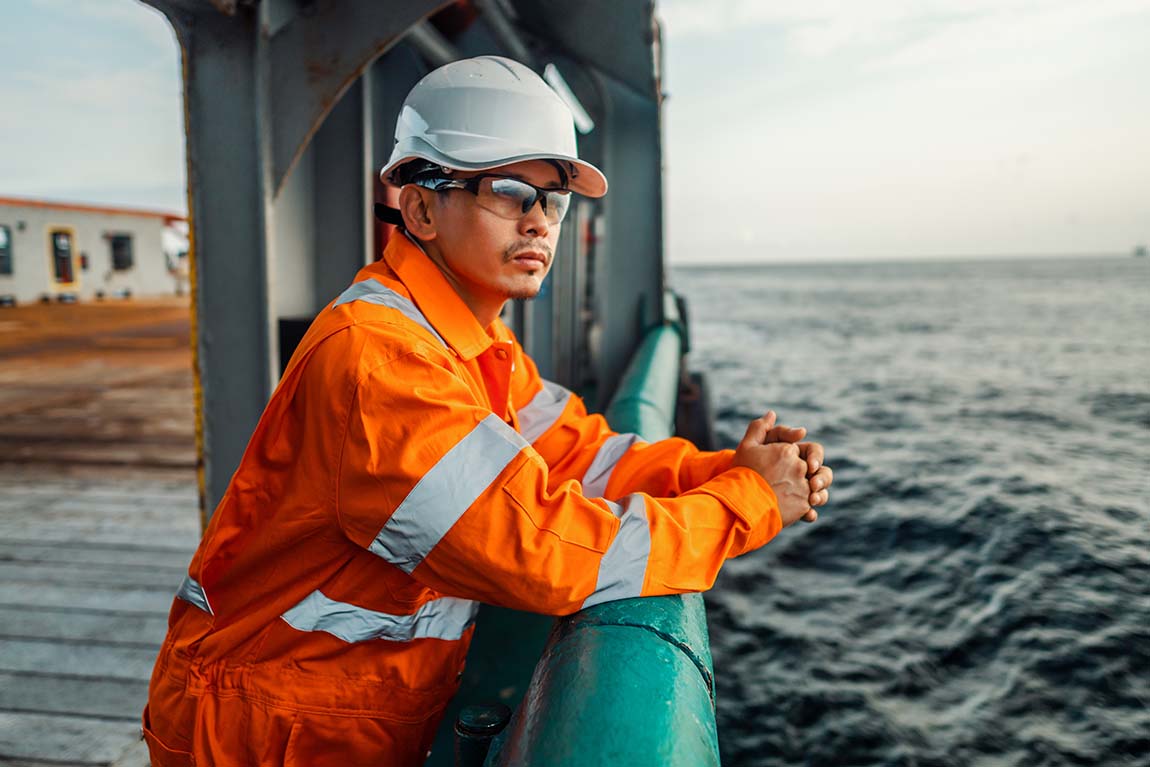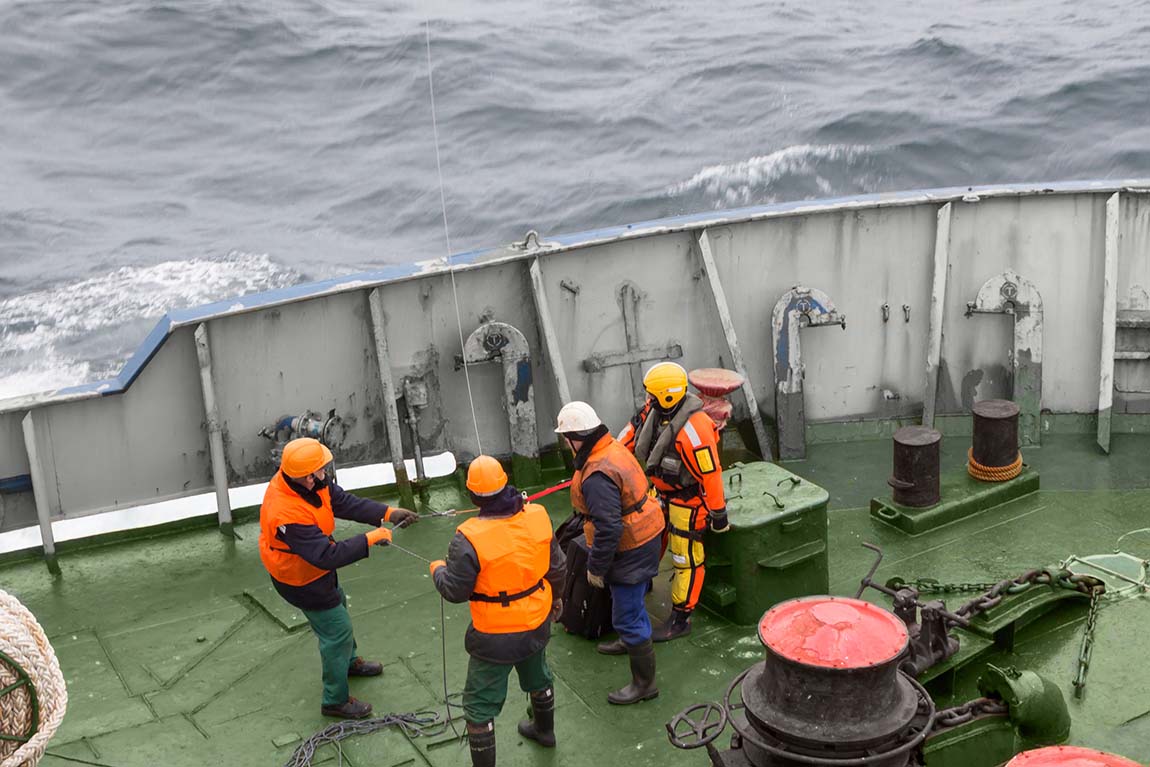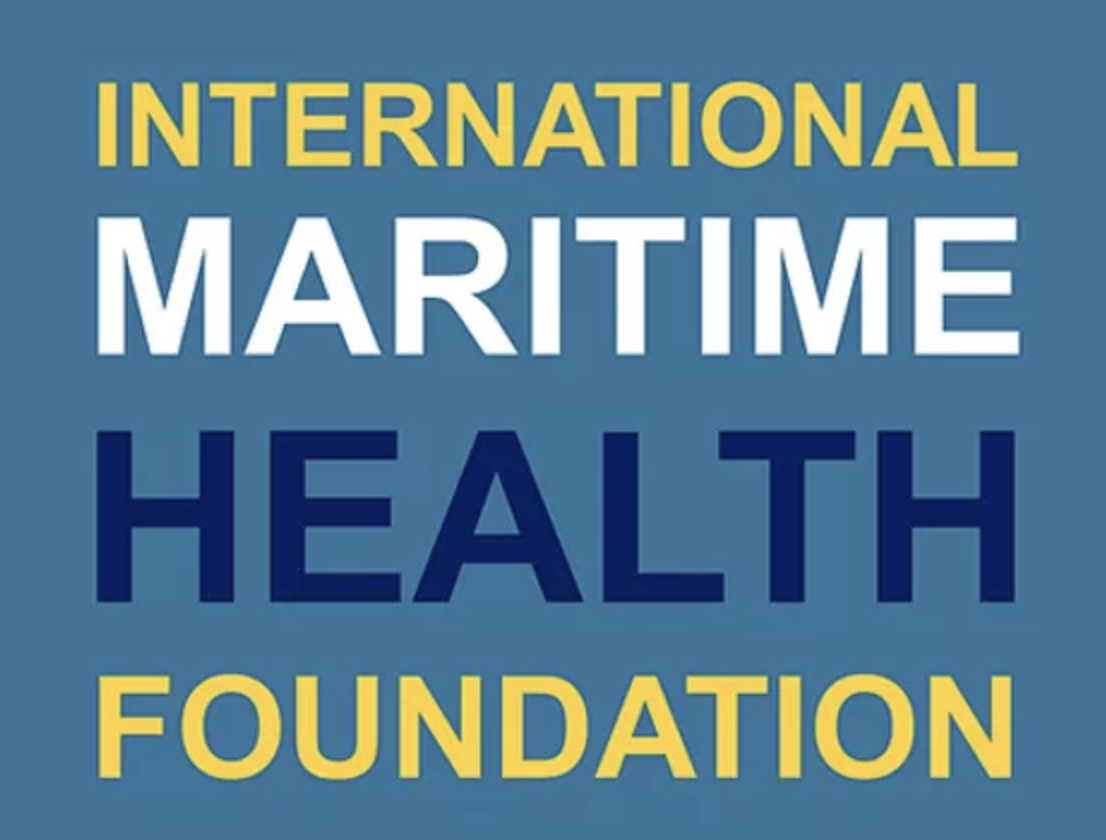Foreword
“Navigare necesse est” – it is necessary to sail, the Roman captain Pompeius famously told his crew in year 56 BC. Their ship was loaded with grain and due to return from Africa to Rome. The men were anxious. The crossing was dangerous and a storm was building up in the distance. Pompeius offered the men no comfort. “Vivere non est necesse”, he continued – to live is not necessary. Their mission had priority. Rome was starving and their ship was to return at any cost.
Navigation of the seas is as important to modern societies, as it was to ancient Rome. The risk acceptance, however, the value placed on health and lives of the seafarers, has changed radically. Today, the health of seafarers is perhaps the most treasured of all goods carried at sea and considered the key to both safe and prosperous maritime operations.
Maritime health is a multidisciplinary field concerned with the health of seafarers. It draws on principles of traditional shore-based medicine, such as public health, clinical individual-oriented medicine, occupational medicine and medical selection, integrated with knowledge of the maritime context.
This textbook was first published as the Textbook of Maritime Medicine in 2009, edited by Aksel Schreiner. Following its success it was extensively revised. The second edition was published in 2013, edited by Tim Carter.
The Textbook of Maritime Health is the third edition of this textbook. It has been extensively revised and amended. The scope has been extended to include more topics on the health and welfare of seafarers and the challenges of the maritime industries in general, with less focus on the management of a number of clinical conditions as in previous editions.
For medical advice on management of clinical conditions at sea, we refer our readers to the International Maritime Guide for Ships (IMGS) by WHO, its national equivalents and the online Mariners Medico Guide (www.medicoguide.no).
The chapters in this textbook have been authored by international experts in their field and edited by experienced clinicians at the Norwegian Centre for Maritime and Diving Medicine (Sue Stannard, Tim Carter, Alf Magne Horneland and Jon Magnus Haga). I wish to thank all the authors and editors for their invaluable contributions and commitment to this project. Without the contributions of many, this project would not have been possible.
The aim of this textbook is to promote health at sea. We have included all topics we think will be useful for practitioners in the field. Although this textbook is comprehensive, it is by no means final or complete. It will remain a dynamic publication. We will continue to improve and amend it as the field develops and suggestions for change or additional topics are brought to our attention. I encourage all readers to get in touch with us, your input is most welcome!
Health builds on knowledge. Knowledge is to be shared. This textbook is provided online and free of charge. Please share this with anyone with an interest in the field. With an appropriate reference to the original source, the text may be freely reused and adapted for any non-commercial use.
I hope you find this textbook useful and that you will enjoy your journey into the world of maritime health. I wish you all fair winds!
Bergen, 6.6.2022
Jon Magnus Haga, MD/PhD
Head of Norwegian Centre for Maritime and Diving Medicine
Department of Occupational Medicine
Haukeland University Hospital
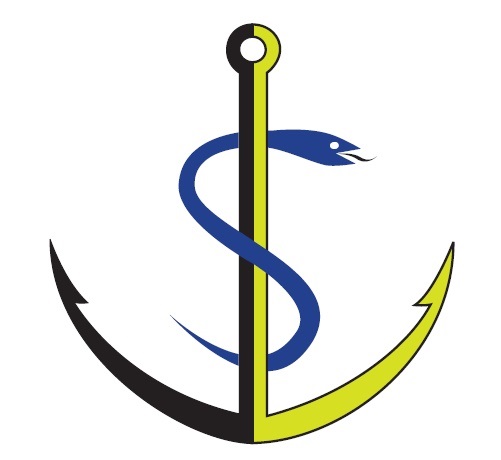
Endorsed by:
